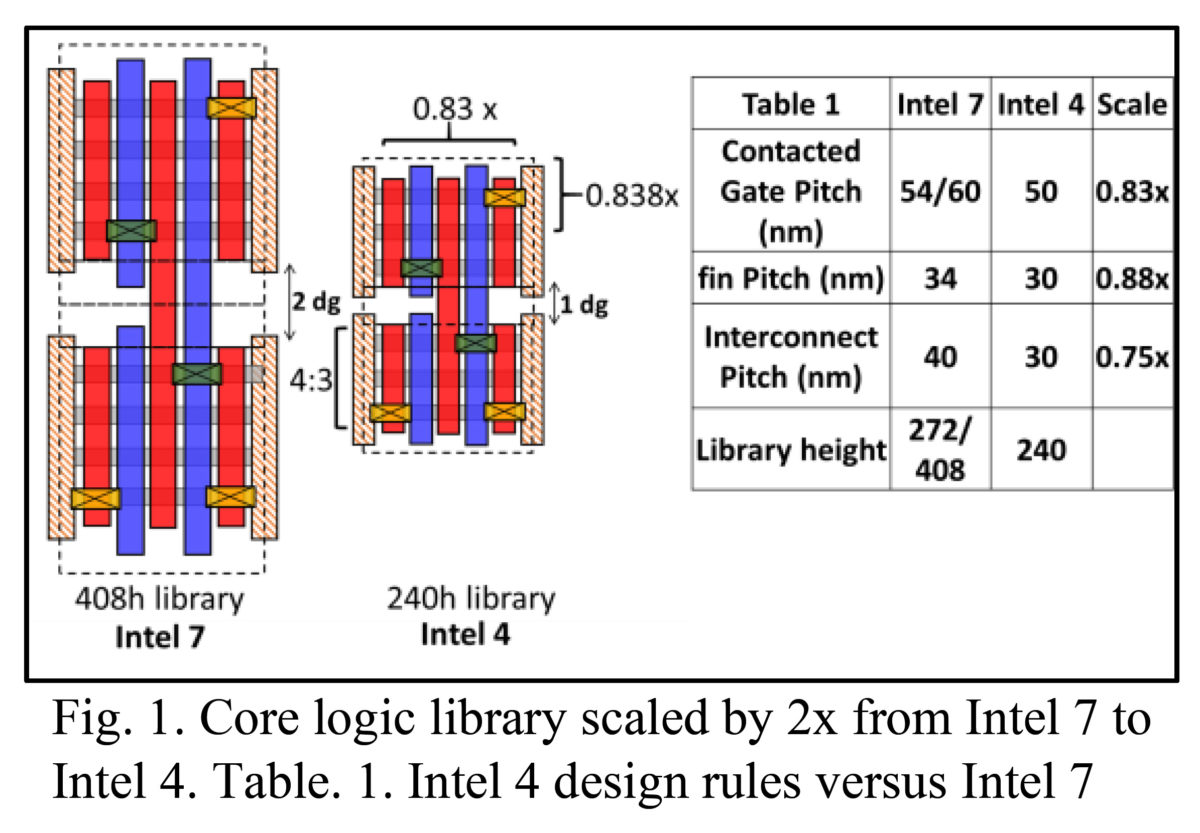 Chipzilla bets the farm on 14A while chasing TSMC
Chipzilla bets the farm on 14A while chasing TSMC
Troubled Chipzilla is doubling down on ASML’s obscenely expensive High-NA EUV lithography kit, ordering two more of the €350 million-plus contraptions in the hope of dragging its much-hyped 14A process over the line.
Intel has one of the machines installed and is parading 14A as the historic moment it finally ships a leading-edge node on time. Given Chipzilla’s history of slipping roadmaps, renaming old nodes, and generally disappointing investors, most of the industry is taking that claim with a shovel of salt.
The High-NA toys are crucial to Intel’s so-called IDM 2.0 strategy, which is supposed to claw back ground lost to TSMC and Samsung. Without them, the 14A node risks being dead on arrival.
For ASML, it’s all gravy. Intel hoovered up every available High-NA slot in 2024 and is now poised to become the biggest customer for the kit worldwide. Each machine is a warehouse-sized monstrosity of lenses, mirrors and Dutch engineering, and ASML can’t build them fast enough. Every sale is a license to print money.
Chipzilla insists it is on track to get 14A into production and shipping before TSMC can ramp its equivalent nodes, but sceptics point out that Intel has promised this sort of comeback before and ended up years behind. Even if the machinery works flawlessly, ramping yields to competitive levels is another headache entirely.
Chipzilla bets the farm on 14A while chasing TSMC Troubled Chipzilla is doubling down on ASML’s obscenely expensive High-NA EUV lithography kit, ordering two more of the €350 million-plus contraptions in the hope of dragging its much-hyped 14A process over the line. Intel has one of the machines...

www.fudzilla.com



